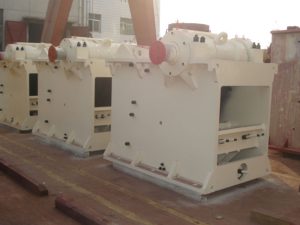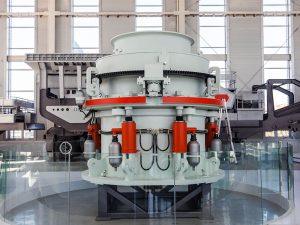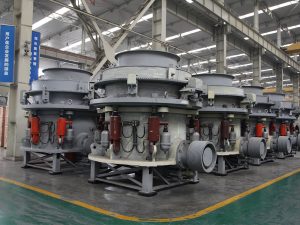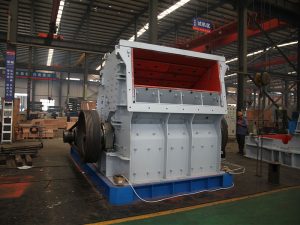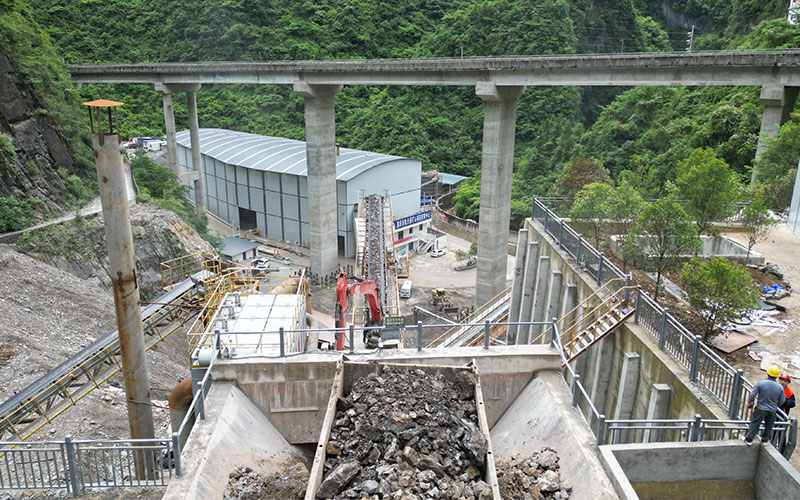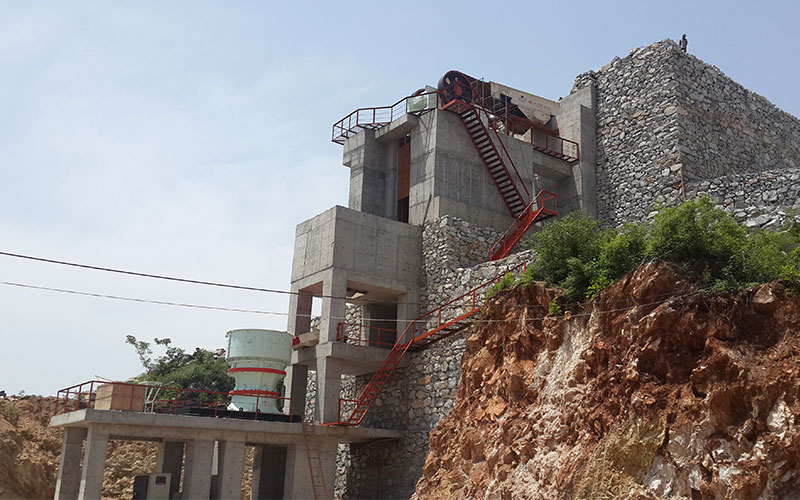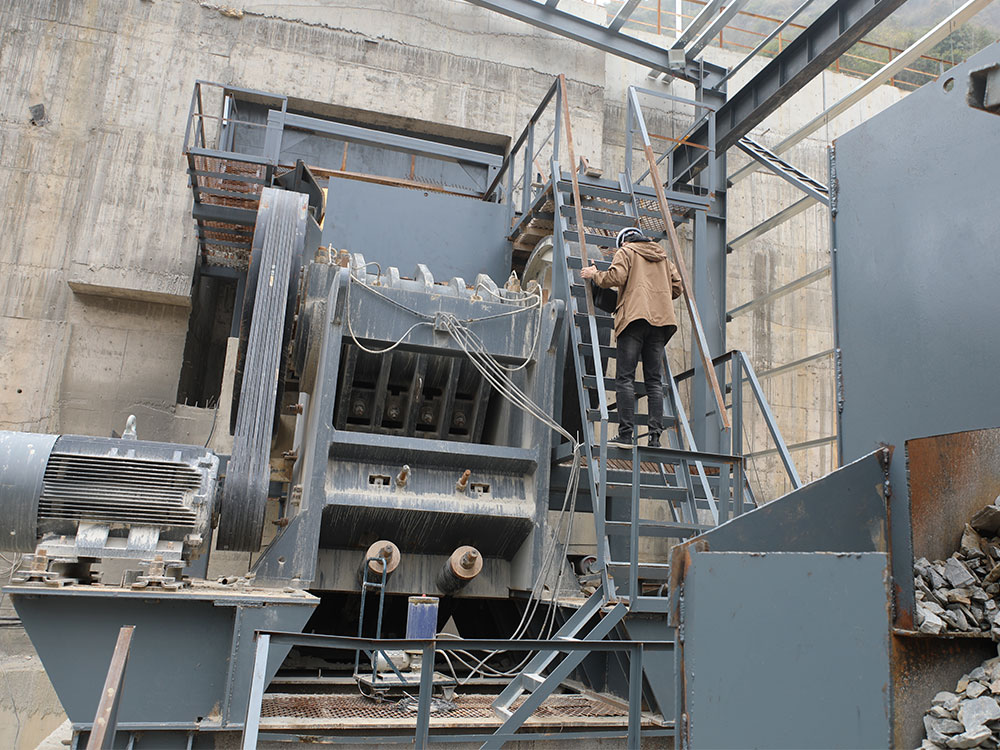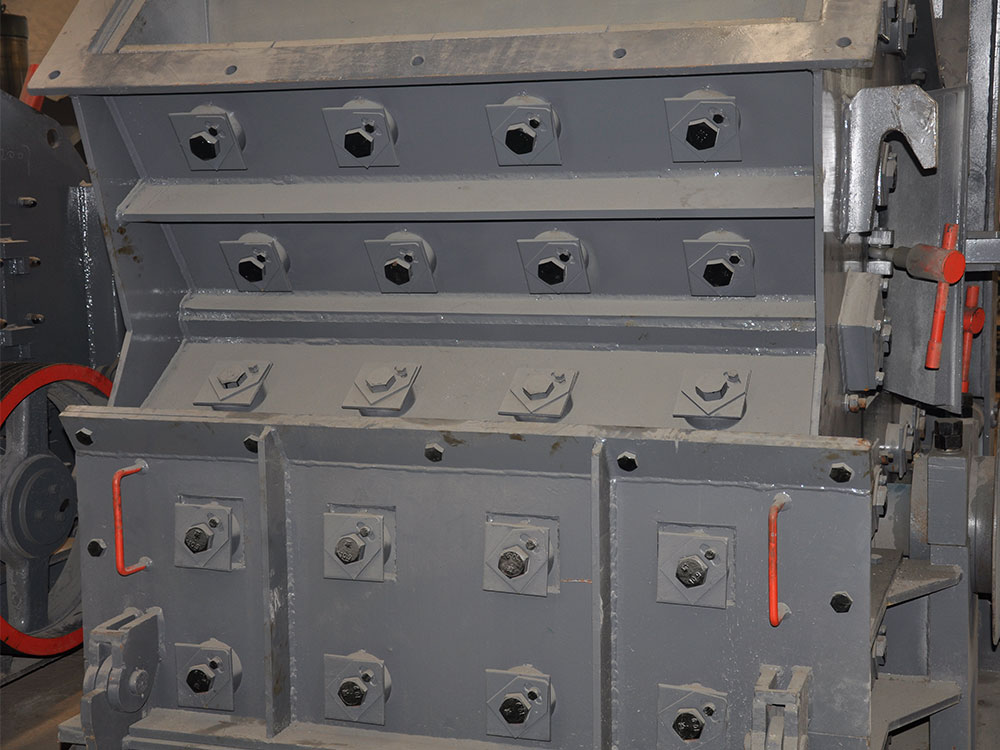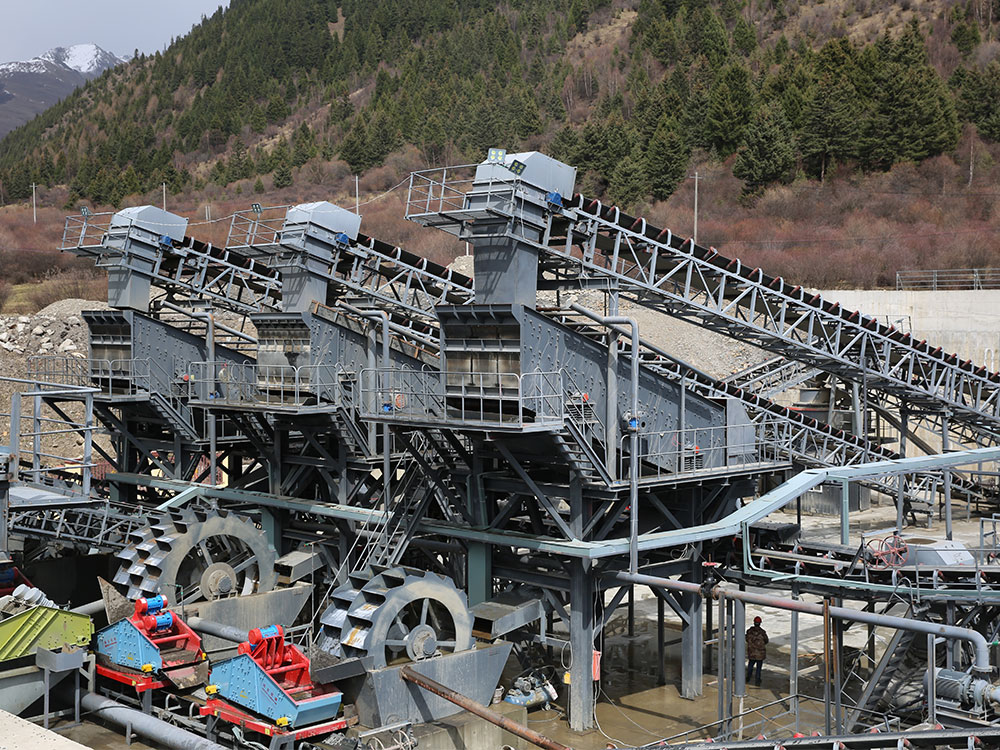Copper ore is a critical raw material in industries ranging from electronics to construction. Processing this resource efficiently requires a well-designed crushing production line. This article explores how to configure a 300 ton per hour copper ore crushing production line, covering its working principles, applications, technical specifications, and optimization strategies.
Introduction to a 300 TPH Copper Ore Crushing Production Line
A 300 ton per hour copper ore crushing production line is a large-scale system designed to process raw copper-bearing rocks into smaller, manageable sizes for downstream beneficiation. This setup is essential for mining operations aiming to maximize output while maintaining cost efficiency. By integrating advanced machinery and automation, such a production line ensures high productivity, minimal downtime, and consistent particle size distribution.
Working Principle of a 300 TPH Copper Ore Crushing Line
1. Primary Crushing Stage
The process begins with primary crushing. Large copper ore chunks (up to 1,500 mm in diameter) are fed into a jaw crusher or gyratory crusher. These machines reduce the ore to approximately 150–250 mm pieces. The 300 ton/hour copper ore crushing plant relies on robust equipment to handle abrasive materials and high workloads.
2. Secondary and Tertiary Crushing
Secondary crushing employs cone crushers or impact crushers to further reduce the ore to 20–50 mm. For finer output, tertiary crushers or high-pressure grinding rolls (HPGR) may be added. This multi-stage approach ensures optimal particle size for subsequent grinding and flotation processes.
3. Screening and Conveying
Screens separate crushed ore by size, redirecting oversized material back to crushers. Efficient belt conveyors transport ore between stages, minimizing manual handling. A well-configured 300 TPH copper ore crushing line integrates intelligent screening systems to maintain throughput and quality.
4. Dust Control and Automation
Modern systems include dust suppression mechanisms and centralized control panels. Automation software monitors performance metrics, adjusting crusher settings in real time to optimize efficiency.
Applications of a 300 TPH Copper Ore Crushing Production Line
Mining Operations
This copper ore crushing production line is ideal for large-scale open-pit or underground mines. It processes primary ore extracted from blasting or excavation, preparing it for concentration plants.
Recycling and Secondary Processing
Crushed copper ore can also be sourced from recycled materials, such as electronic waste or scrap metal. The 300 ton per hour crushing line adapts to varying feed materials with minimal reconfiguration.
Construction and Infrastructure Projects
Crushed copper ore is sometimes used directly in construction as aggregate. The production line’s versatility allows operators to adjust output specifications for diverse applications.
Technical Specifications of a 300 TPH Copper Ore Crushing Line
Designing a 300 ton/hour copper ore crushing plant requires careful selection of equipment based on ore hardness, moisture content, and desired output. Below are typical technical parameters:
Primary Crusher Jaw Crusher (1,200 x 1,500 mm), Capacity: 300–350 TPH, Power: 160–200 kW
Secondary Crusher Cone Crusher (HP300), Capacity: 200–250 TPH, Power: 220 kW
Tertiary Crusher (Optional) Vertical Shaft Impact Crusher, Capacity: 100–150 TPH, Power: 132 kW
Vibrating Screens 3-Deck Screen (2,400 x 6,000 mm), Throughput: 400 TPH
Conveyor System Belt Width: 1,200 mm, Speed: 1.6–2.0 m/s, Capacity: 350 TPH
Dust Suppression Water Spray System with Nozzles, Flow Rate: 50–100 L/min
Control System PLC-Based Automation with Remote Monitoring
Key Considerations for Configuring the Production Line
1. Ore Characteristics
- Hardness: Copper ore’s Mohs hardness (3–4) allows for jaw and cone crushers. For harder ores, consider impact crushers.
- Moisture Content: High moisture may require pre-screening or drying equipment to prevent clogging.
2. Space and Layout
A 300 TPH copper ore crushing line requires ample space for equipment placement and maintenance access. Modular designs are preferable for constrained sites.
3. Energy Efficiency
Variable frequency drives (VFDs) and energy-efficient motors reduce power consumption. Solar or hybrid energy systems can further lower operational costs.
4. Maintenance and Durability
Choose wear-resistant materials for crusher liners and screens. Predictive maintenance tools, like vibration sensors, extend equipment lifespan.
Benefits of a Well-Designed 300 Ton per Hour Crushing Plant
1. High Throughput: Processes 300+ tons of ore hourly, meeting demands of large mining projects.
2. Cost Savings: Automated systems reduce labor costs and minimize material waste.
3. Scalability: Modular components alloweasy upgrades for increased capacity.
4. Environmental Compliance: Dust control and noise reduction features align with sustainability goals.
Case Study: Optimizing a 300 TPH Copper Ore Line in Chile
A mining company in Chile upgraded its existing copper ore crushing production line to achieve 300 TPH output. By replacing outdated jaw crushers with hydraulic models and adding a tertiary screening stage, they reduced downtime by 30% and improved particle size consistency. The project paid for itself within 18 months through increased ore recovery rates.
Configuring a 300 ton per hour copper ore crushing production line demands a balance of robust machinery, intelligent automation, and tailored engineering. By understanding the ore properties, selecting appropriate equipment, and prioritizing energy efficiency, operators can maximize productivity and profitability. Whether for mining, recycling, or construction, this system offers a reliable solution for high-volume copper processing.
Investing in a modern 300 TPH copper ore crushing line not only enhances operational efficiency but also positions businesses to meet growing global demand for copper in renewable energy and technology sectors.


